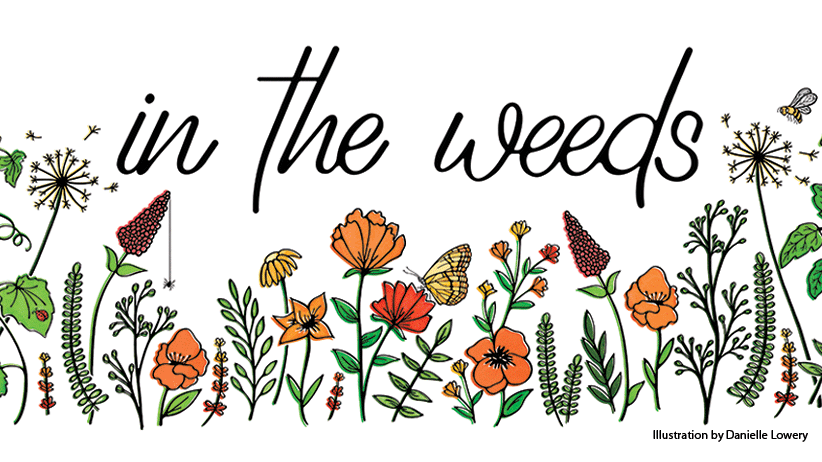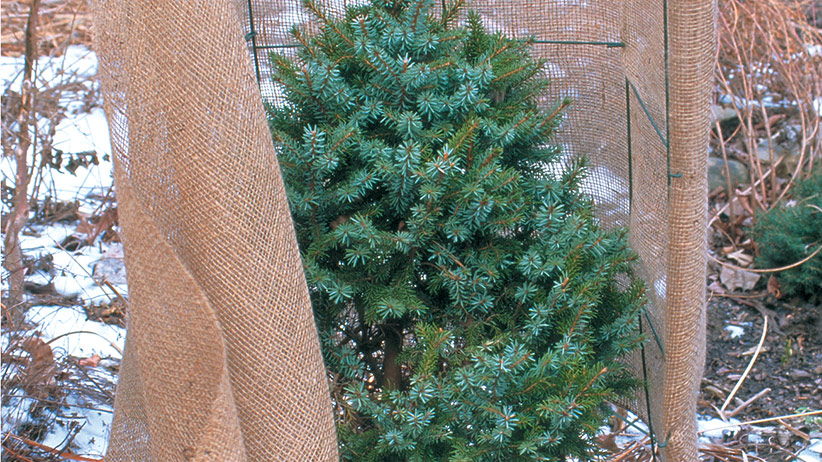Tending to your trees is relaxing. Watching them grow and thrive over weeks and months helps relieve stress and anxiety and improves our attention span. But watching the same trees that we watered daily and moved rocks deteriorate can also feel unpleasant. This is a frequent occurrence in colder areas where a sapling’s trunk suffers due to harsh temperatures. The bark might also get damaged because of lawn-care tools, insects, pesky squirrels and a process called sun-scalding,
This is where a tree wrap comes in! Let’s take a closer look.
What Is a Tree Wrap?
A tree wrap is a thin protective sheet that’s wrapped around the barks or trunk to protect your valuable trees from harm. From polypropylene fabric tree wrap to paper and burlap tree wrap, tree wraps are available in a range of materials. They offer exceptional water resistance and breathability.
Types of Tree Wrap
- Polypropylene fabric tree wrap: This tree wrap is breathable and contours to the tree’s shape, protecting it from girdling.
- Paper tree wrap: Paper tree wrap, on the other hand, is made from biodegradable material and can be reused several times before needing to be replaced. This type of tree wrap is very inexpensive and simple to use, but it does not offer much protection against insects or other threats.
- Burlap tree wrap: For those who want to enhance the visual appeal of their plants but want them to thrive, burlap tree wrap is an ideal choice. These wraps offer maximum air circulation while also reducing heat retention. They’re perfect for deciduous flowering shrubs, young or newly planted trees, evergreen shrubs and Japanese maples.
Uses of Tree Wrap
Tree wraps are used for a variety of reasons. Here are some of the most common uses:
1. Prevent the growth of weeds
Weed suppression is one of the most popular uses for tree wraps. Tree wrap fabric protects any seed and roots from penetrating through it, preventing weeds from growing around your trees. This can be especially useful if you have a tree that is near a walkway or patio where you don’t want weeds to grow.
The wrap will also protect the bark from damage caused by over-fertilizing or pesticide applications to nearby plants. Similarly, it can help eliminate many types of bugs that cause harm to plants, including aphids, caterpillars, beetles and other destructive insects.
2. Safeguard against sun-scalding
Sunscald occurs when a tree trunk is exposed to harsh sunlight during the winter months, leading to discoloration and sometimes cracking or even splitting. Wraps provide protection against sunscald by keeping excess moisture and snow off the trunk while preventing it from overheating in hot weather.
3. Maintaining the moisture level
During an arid climate, water evaporates from the leaves of your tree, causing it to lose moisture and dry out.
This can lead to brown spots on the leaves, which eventually turn into larger patches. Over time, these patches will spread across the entire leaf, leading to root damage, stunted growth and even death for some plants.
By creating a barrier between plants and the soil around them, tree wraps prevent evaporation and maintain a healthy moisture level.
4. Protect the bark from rodents and other animals
If you have squirrels or raccoons nearby, they may be attracted to your trees or chew on the bark. Tree wrap protects the bark from being gnawed on by squirrels, rabbits and rodents, which helps keep them healthy for years to come.
Final Words
So now you know — using tree wraps is a great way to protect your trees from pests, diseases and winter damage. You can choose wraps from a variety of colors and patterns. Just make sure that you’re getting the appropriate type and size of tree wrap for the best results!
















